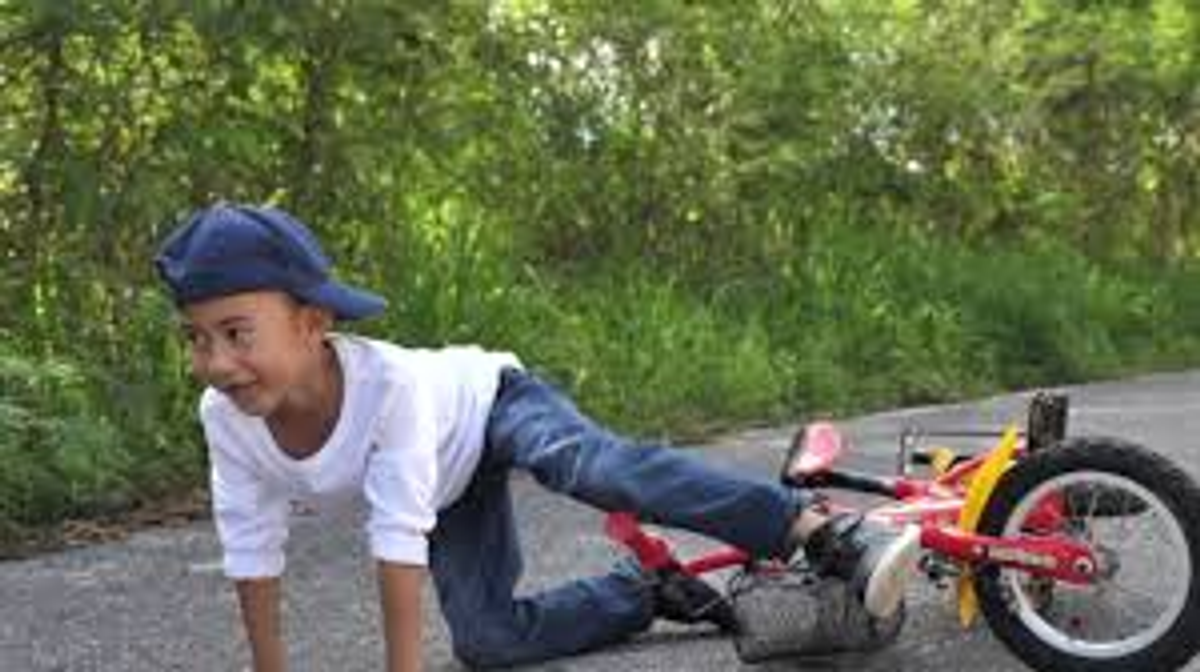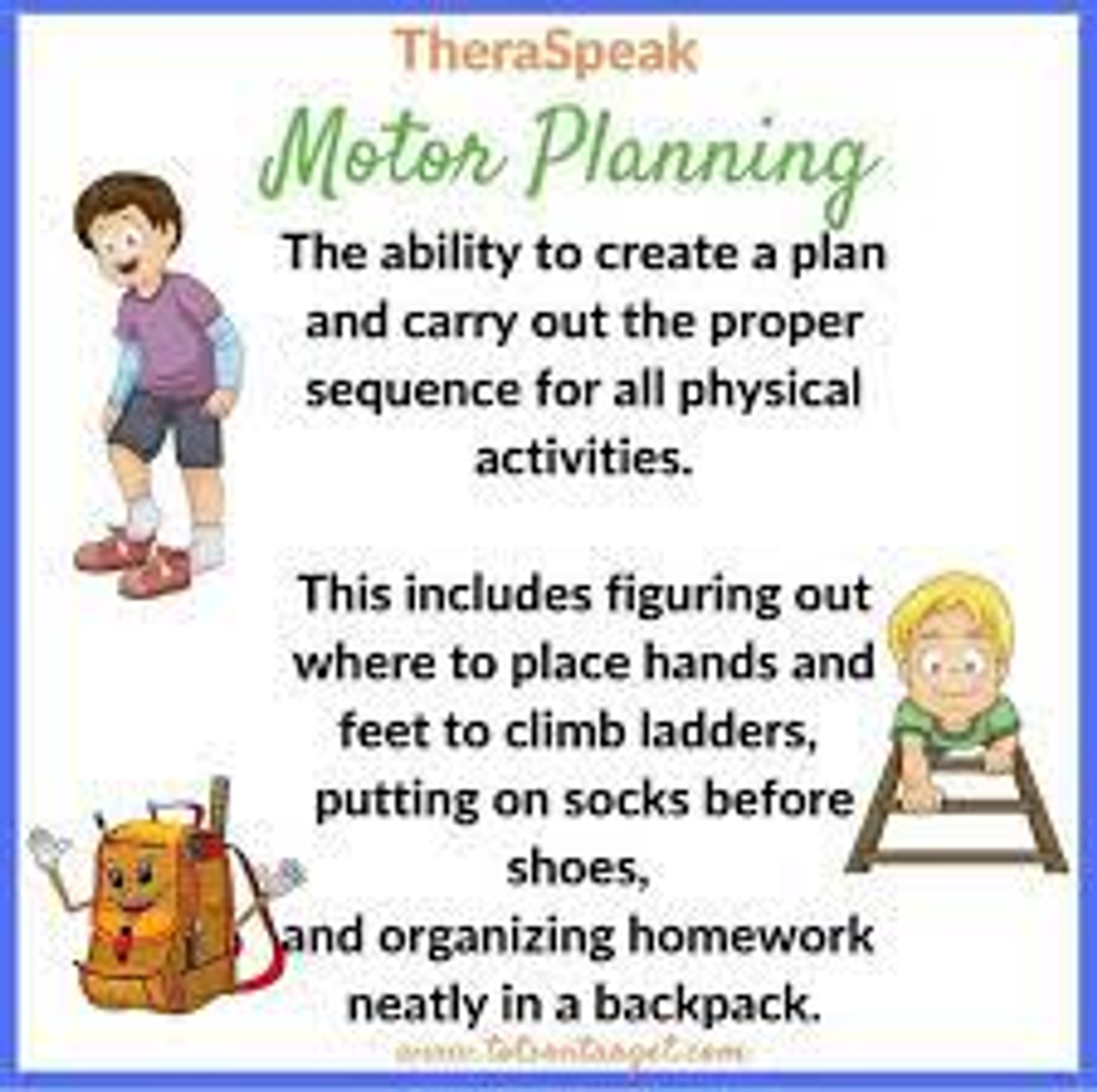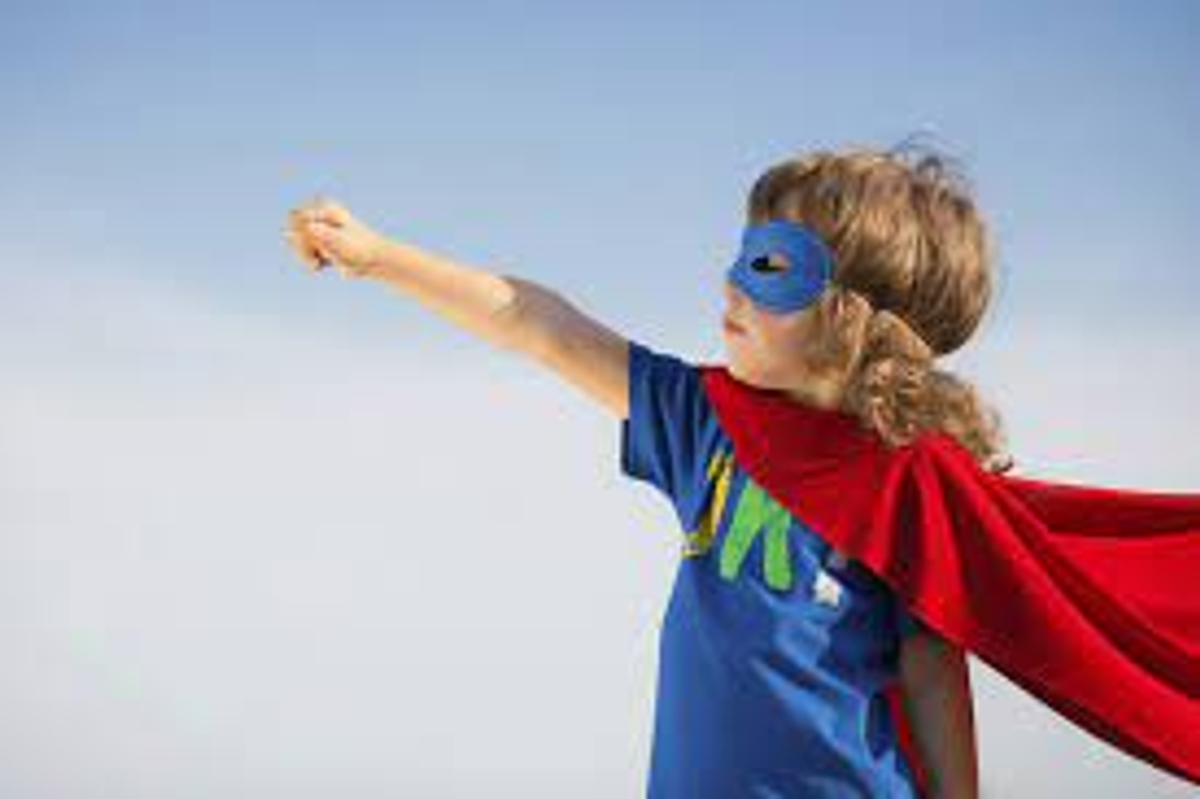Diverse Learning

How To Help Your Child If They Are Having Difficulties Learning New Motor Skills
Some children experience difficulties learning new and unfamiliar skills and actions. Riding a bike, getting dressed, tying shoelaces, playing a musical instrument, skipping, swimming, rhythmical or sequenced activities (eg. dance or aerobics), and activities that require judging force or power are often particularly difficult.
These children often have a good idea of what they want to do, but cannot work out how to do it. They sometimes find it hard to get started on an activity as they can't work out what movement comes first.
When "under pressure" they are usually not as good at the activity. They often have difficulty remembering movements they've learnt another time or in a similar activity. Eg. they can climb a ladder on a slide but have difficulty in climbing over a ladder frame. Usually once they have really learnt and practiced a skill they will do it quite well, even though it has taken a while to learn.
These difficulties may be related to motor planning, i.e. the ability to plan all the steps that need to be done, put the steps into the right order and then. carry them out.
How to help children with motor planning difficulties.
Think of all the steps in the activity and focus on one step at a time.
Eg: One way to tie shoelaces
cross the laces over
poke one lace under the cross over
pull both laces tight (knot)
make a loop with each lace
cross the loops over
poke one loop under the cross over
take the loop with one hand and pull
the other loop with the other hand at the same time.
Focus on the easiest bit first.
Eg. riding a bike. Your child first learns how to move the pedals, while you walk beside the bike, holding onto the bike seat (to help with balance) and the handlebars (to help with steering).
Eg. aerobics or dance, skipping. It's easier to learn actions of legs first, rather than trying to learn both arm and leg movements at the same time.
It may also help to learn the last step first. Eg. Shoelaces. Your child watches you do the knots and make the loops, then they do the last step ie. pulling the bows tight. They can then practice doing the last two steps, and so on.
Allow your child to master one step or skill before moving onto another. Praise these small efforts as each step means they are making progress towards achieving a harder skill.
Children need to feel confident. By practising one step until they feel good at it, your child will feel like trying the next step. Children avoiding activities, or giving up easily usually means they don't feel good about themselves.
Give lots of praise, especially when they are trying hard, this helps them to feel more positive.
Recognise that your child will probably need more time (than other children in the family) to learn how to do things. Try not to pressure them to learn or expect them to learn quickly.
Children will learn more quickly by doing rather than being shown. Guide their arms or legs using the correct movements so they know how it feels, talk them through the steps as they go.
Once your child has learned a skill, practice the activity in a variety of places or using different materials. This will help the skill to generalise and become more automatic.
Eg. Riding a bike over different surfaces such as concrete, grass or rough ground.
Eg. Throwing and catching a range of different sized balls.
Practise where it is non threatening and safe. At home no one will laugh or make fun of your child if they make a mistake. This may increase your child's confidence.
Explore other ways of doing things.
Eg. If writing is very difficult try using a keyboard, or try writing down your child's story while they tell it.
Practice, practice. Short practice times are best, but practice regularly (eg daily for 5 mins). By practising, your child is building experience of the movements required, which helps the movements to become automatic.
Eg. tying shoelaces with lots of practice, finger movements become automatic.
Ms Janelle Schembri | Diverse Learning Coordinator






